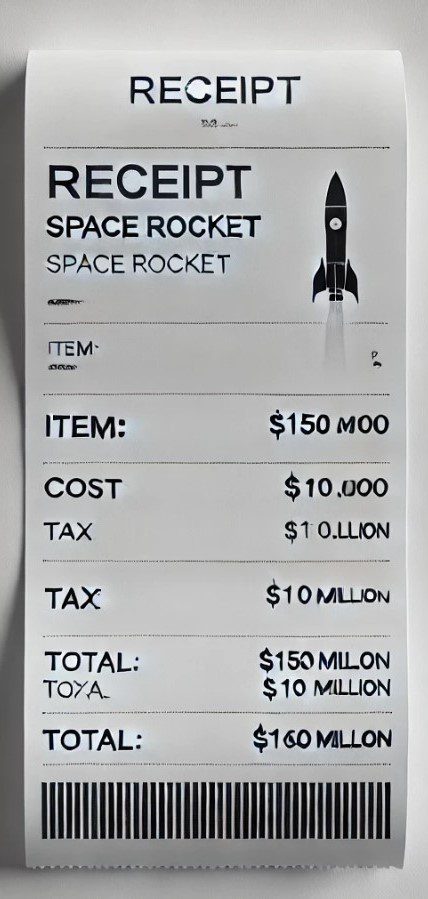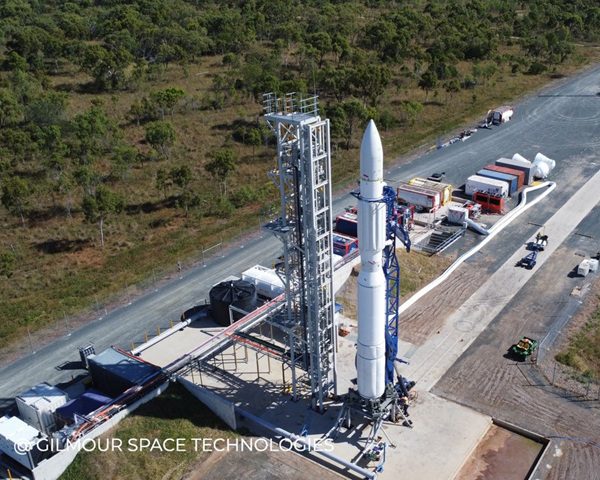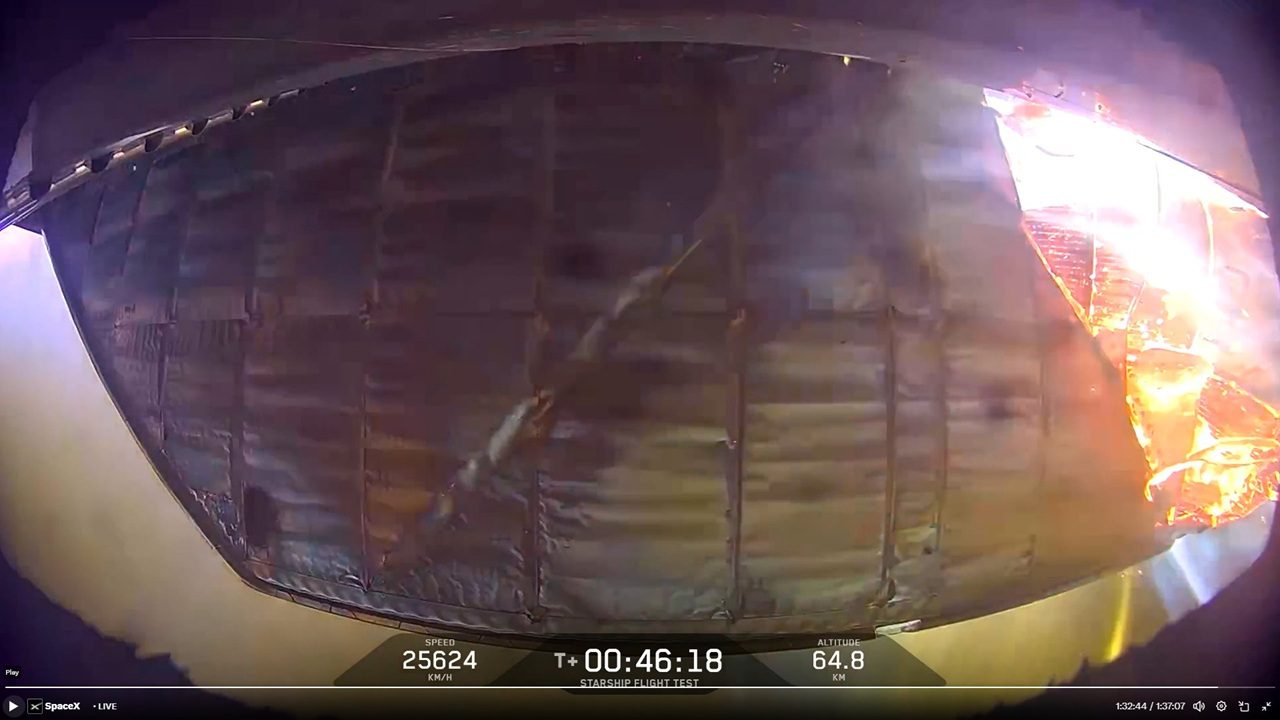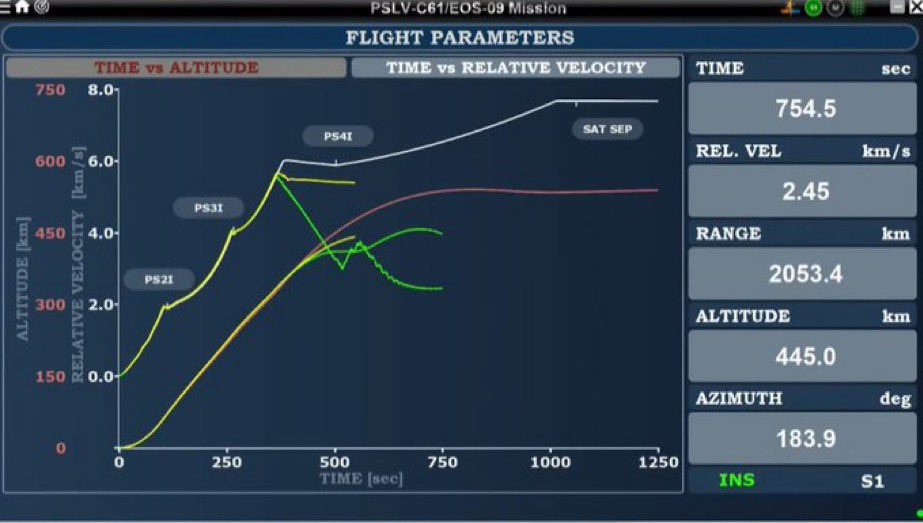Two major comets are due to become visible this year to sky-watchers – clear skies permitting. The first has now disappeared from view from the Southern Hemisphere, but while viewers there have lost out, “northerners” have gained as Comet Pan-STARRS has now become visible to the naked eye from the Northern Hemisphere. To see it, look near the crescent Moon in the Western sky after sunset. The comet will rise further in the sky as the month of March wears on and should become more visible despite starting to move away from the Sun after its perihelion closest approach. The comet’s tail(s) should be able to be easily seen with binoculars.
In reaching peak visibility at around the “Ides of March” time (15th March), some may be wondering if the comet is a portent of war or omen of political change as comets have been superstitiously thought to be,
Comet Pan-STARRS was named after the telescope in Hawaii that was used to discover it. The second of this year’s comets will be Comet ISON which could be more spectacular and may even be visible in daylight during the month of November.
Update: Despite clearing skies, and despite others managing to image Pan-STARRS beneath the Moon near the horizon, your correspondent had no luck in seeing it last night (13th March) in London. The sky remains bright after sun set making the comet difficult to see. But cloud is even worse as happened last night (14 March)…still no luck.







